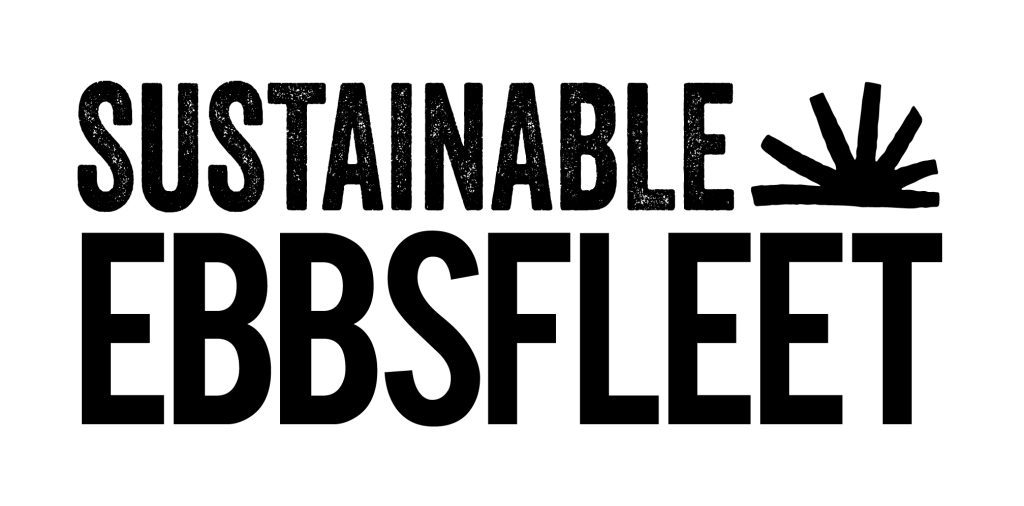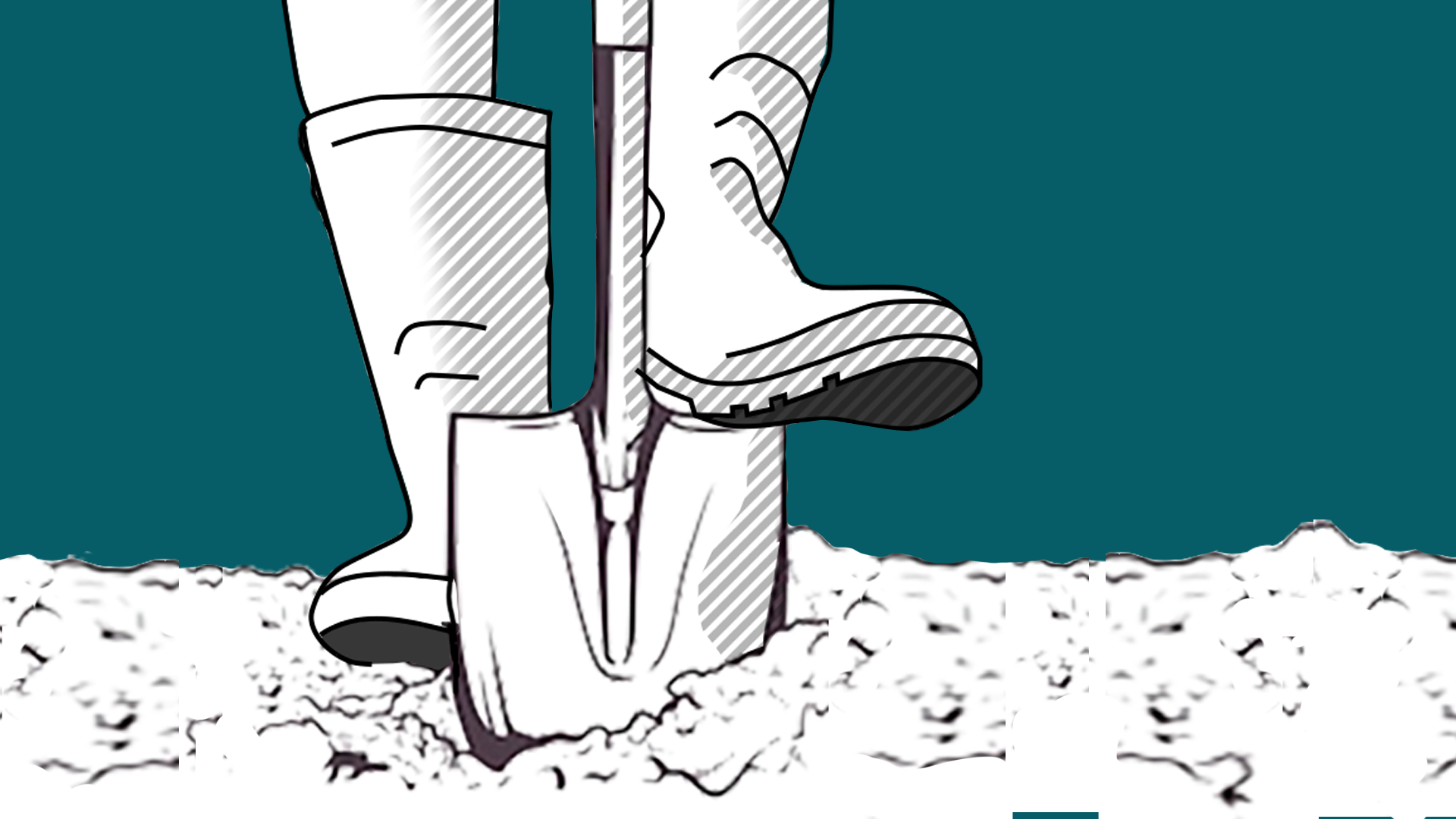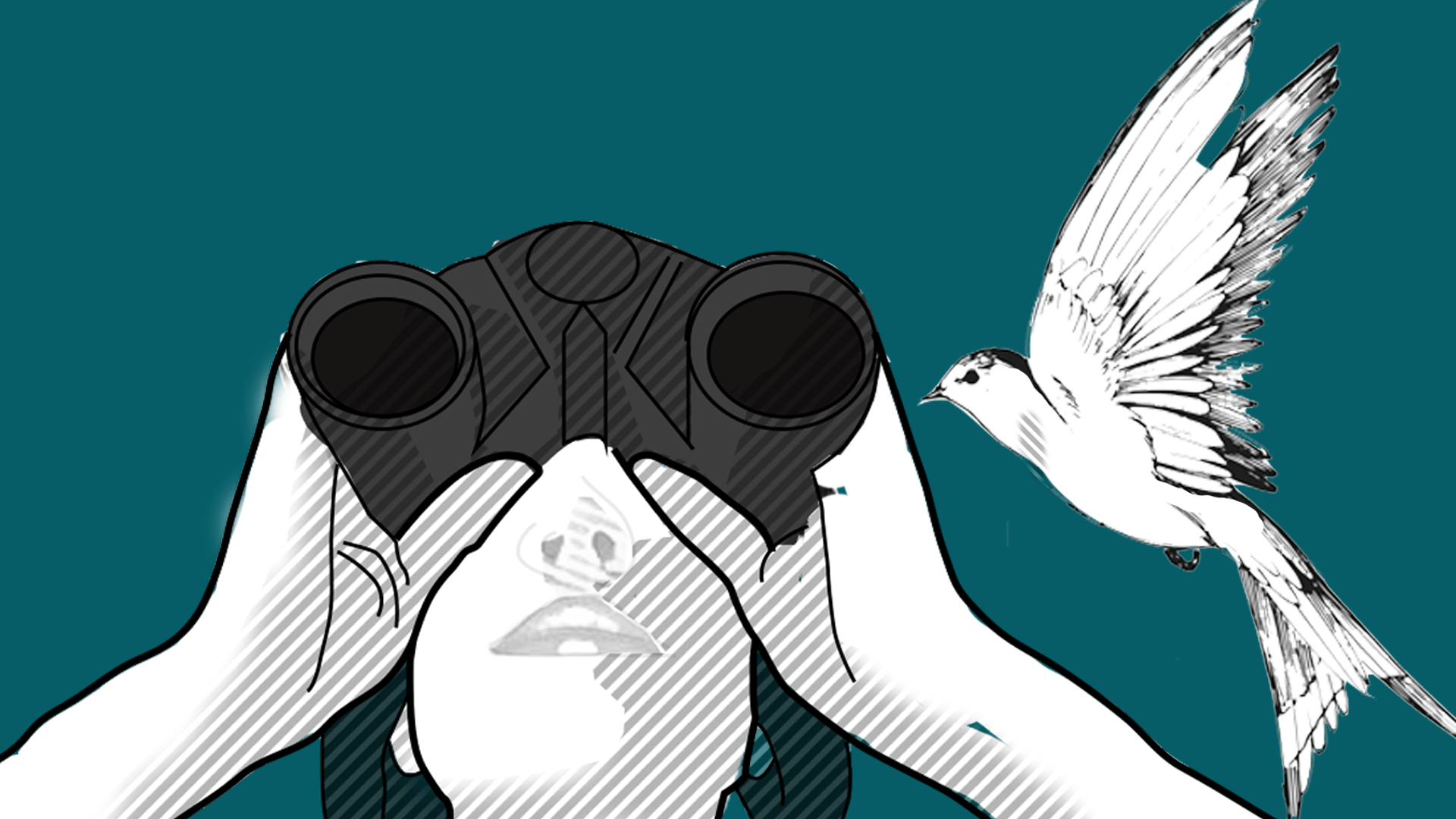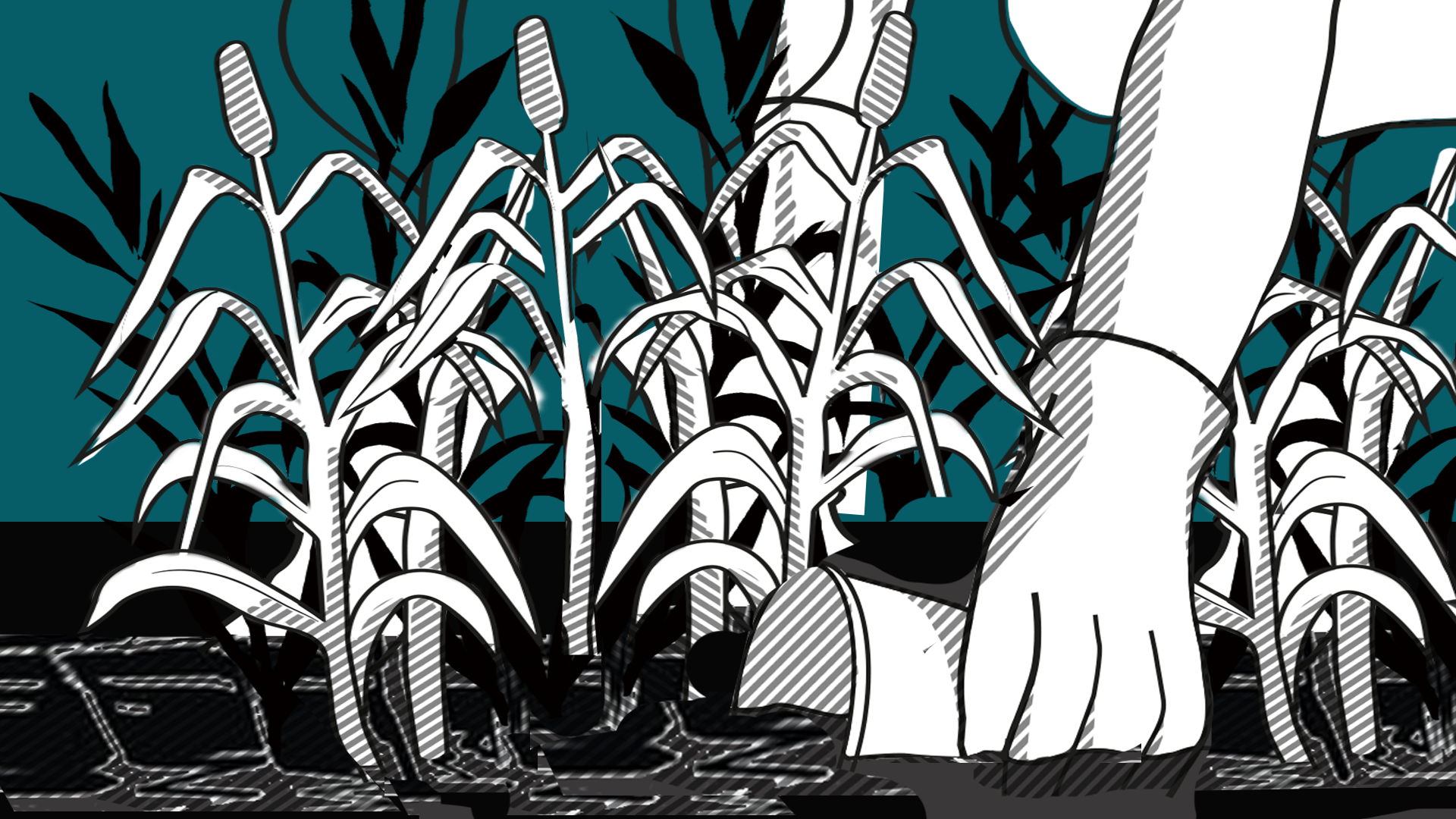
GREENmap
This interactive map lets you explore nature on your doorstep across Ebbsfleet Garden City. Get involved by mapping a local tree, reporting a sighting of local wildlife, or find out how to help nature to flourish in your neighbourhood.

What is the Ebbsfleet GREENmap?
Explore Ebbsfleet rich natural environment with this interactive map, which brings together habitats, trees, wildlife, and water features in one convenient place.
Dive into the lush landscapes and diverse ecosystems of the area by discovering different ways to get involved. Use the map to identify and document local trees, report wildlife sightings, and find resources on supporting and enhancing natural spaces right in your neighbourhood.
Navigate Nature’s Wonders in your community
Looking after your community and planet
Caring for habitats
Just like people, animals need homes. Find out how small changes from you can mean big help for wildlife.
- Clean your shoes before going on a hike, especially in a new place. The mud caked in your sneakers may contain seeds of invasive plants which can push out native plants that keep the ecosystem healthy.
- Flush only your own waste and toilet paper—no medicine, cleaning wipes, cotton balls, paint, or pet poo. This trash can eventually travel into the water system and affect the animals that live there.
- It’s fun to look for frogs and slugs under logs—but always put the logs back. Rocks, leaves, and tree limbs are homes for lots of tiny animals, so it’s important not to destroy them.
- Using too much water from lakes and rivers can affect animals’ habitat. Conserve this resource by taking five minute showers, turning off the faucet when you brush your teeth, and bugging your parents to fix leaky pipes.
- Plant a garden full of local trees, flowers, and shrubs to provide habitats for native bees, birds, and other animals.
- Installing a pond or other water feature such as bog garden is a great way to increase the wildlife interest in a garden. A pond provides a breeding place for frogs, toads, newts, dragonflies and all the other aquatic fauna. It is also a drinking and bathing area for birds and other animals.
- By setting aside an area of lawn to grow throughout the summer and cutting it at the end of the season you will provide an excellent habitat for many insects – particularly moths, grasshoppers and beetles – and for newly-emerged frogs. A meadow of different grass species interspersed with wild flowers will also attract more insects into the garden.
Caring for water
- The SuDS process can be described in three simple steps: Slow, Store and Filter.
- SuDS have positive environmental benefits, they improve the quality of the water, increase biodiversity and provide habitats for wildlife.
- SuDS are designed to manage rainwater in a development to help reduce flooding – but only if they are kept clear and in good condition.
- SuDS have a regular maintenance programme in place, but all of us can help by keeping them clear of litter and debris to reduce blockages and minimise pollution.
- Regular maintenance programmes comprise litter removal, grass cutting and vegetation management, inspection and clearing of flow control structures (inlets and outlets) and occasional silt removal.
- A key aspect of reactive maintenance is knowing where problems are and who is responsible.
- Remember to use the Green Map to report a problem with a sustainable drainage system.
Sustainable drainage systems (SuDS)
How do SuDs connect together? SuDs can include a number of connected components. For example, swales capture and treat runoff close to where it lands and can be connected to a pond or detention basin before finally being discharged to the water environment. There are several different managing agents that currently look after the maintenance of the SuDs. An overview of companies across Ebbsfleet can be found here.
Caring for trees
What are the benefits?
- Provide shade and lower air temperatures.
- Absorb air pollution and release oxygen.
- Store carbon dioxide in their stems and leaves.
- Reduce flooding by intercepting rainfall.
Planting new trees
- Planting is best done between October and April.
- Follow this simple planting guide to ensure your tree gets off to a great start.
Water
- For the first few years, watering is the most important thing you can do for a tree.
- Water new trees regularly for at least a year or two, especially during dry spells.
- Carefully loosen the top 2-3 inches of soil to alleviate compaction and help water and air reach the roots.
- Don’t dig any deeper or use large tools. These will damage the tree roots.
- Water slowly so that the water penetrates the soil and does not run off of the surface.
- Water at the soil level, not through the leaves of shrubs and groundcovers.
Weeds and Waste
- If weeds are left untended, they will ultimately kill some plants and stress others.
- Weeds and waste should be removed as frequently as possible.
Mulch
- Covering bare soil with a thick layer of organic matter such as compost really benefits soil and suppresses weeds.
- Mulching is best done annually in late winter or early spring, before weed seeds start to germinate and while the soil is sufficiently damp.
- Regular mulching with organic matter improves drainage and boosts moisture retention and helps prevent the soil from becoming extremely dry.
- Before adding mulch, it’s important to aerate the soil by breaking up the compacted soil to allow more oxygen to get down to the roots.



